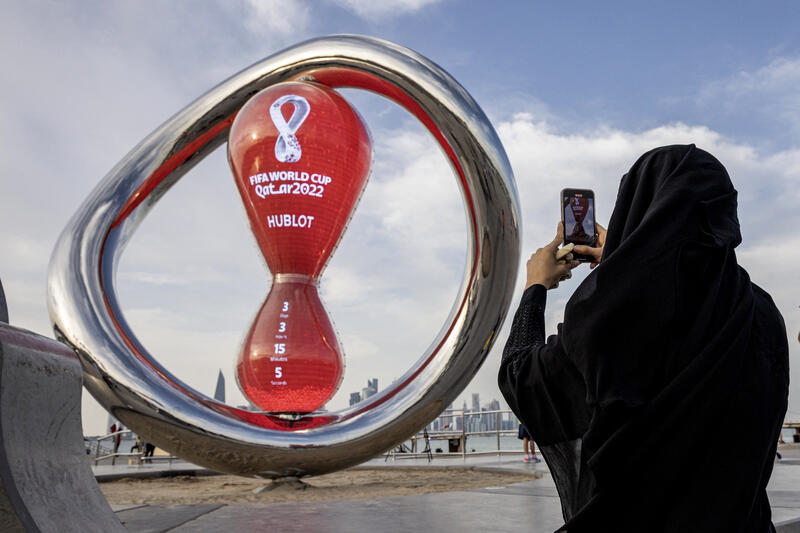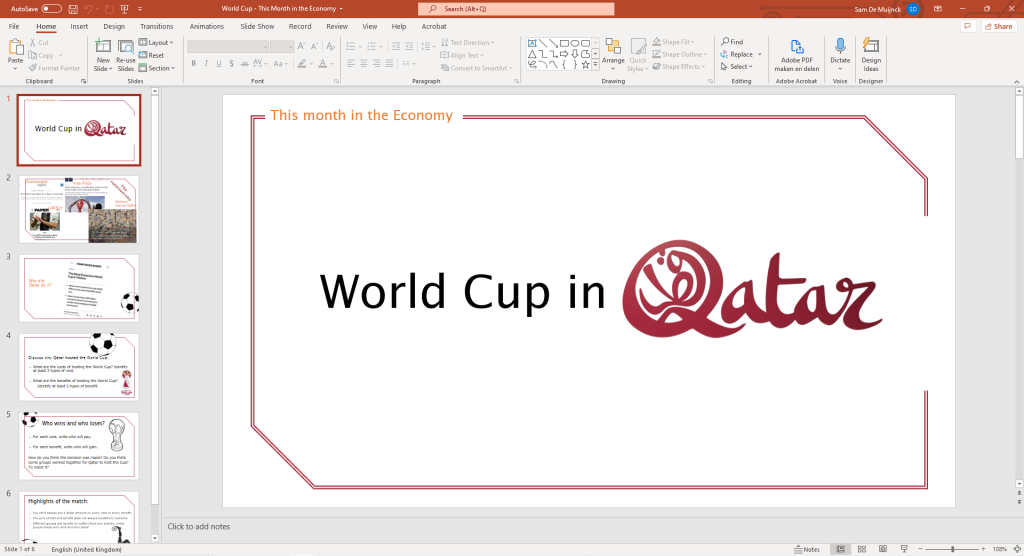
This Month in the Economy Exercises: A General Explanation
These teaching packs are designed for 30-minute (online or offline) sessions that can be included within any lecture or tutorial class. They are designed to be suitable for university students, but could easily be adapted for higher or lower levels. Every month, we will publish at least one exercise that you can use to engage your students with current events. The main aims of these exercises are to give students practice in relating economic ideas to the real world and their own lived experiences.
Newspaper articles or videos are used as the entry point to an economic topic, which is then expanded upon by the instructor before the students are broken into small groups to engage in an activity. This will help students to develop the skills required to work as economists in the real world, and all the materials you need are provided for you. These teaching packs are published as creative commons (CC BY) and can be freely used and adopted.
The Economics of a World Cup in Qatar
It is important for students to understand that economic activities have more than just financial costs and benefits. There are also political, social, and ecological consequences – both positive and negative – and these impacts are rarely spread equally.
The 2022 FIFA World Cup (including the construction work required for it) provides a clear example of economic activity that has taken place despite the financial costs to the Qatari state being an order of magnitude larger than the financial benefits it will receive. Whilst this is a fairly extreme case in terms of how many different costs and benefits are involved and how unequally they have been spread, many economic decisions are more complicated than mere financial calculations and it is therefore vital for students to be able to think about multiple dimensions involved in economic decisions.
Instructor’s Guide
PowerPoint Slides
